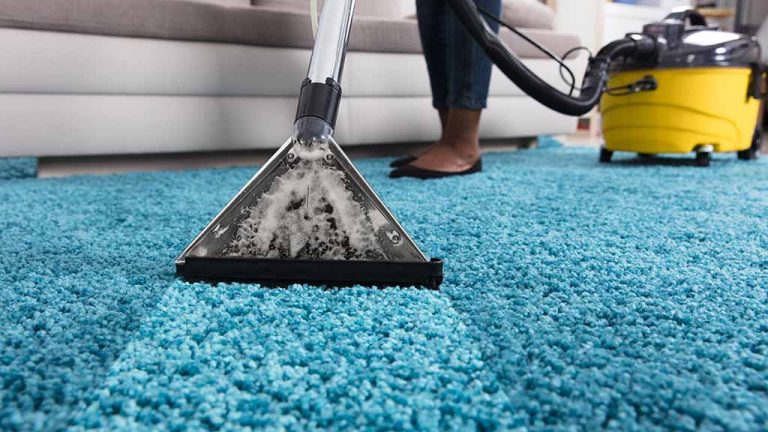Water damage can wreak havoc on homes and businesses alike, often leading to significant structural issues and health hazards if not addressed promptly. Whether caused by severe weather, plumbing failures, or accidental spills, the consequences of water intrusion can be devastating. Understanding the importance of effective water damage restoration is crucial for property owners, as timely intervention can save both time and money in the long run.
This article delves into the essential steps involved in the water damage restoration process, highlighting the importance of professional expertise and advanced techniques. From initial assessment to water extraction and drying, we will explore how specialized services can mitigate damage, prevent mold growth, and restore properties to their pre-damage condition. Proper knowledge and prompt action in the face of water-related challenges are vital for safeguarding your investment and ensuring the health and safety of those who inhabit the space.
Assessment and Water Extraction
The water damage restoration process begins with a thorough assessment of the affected area. Professionals utilize specialized tools to detect moisture levels and identify hidden pockets of water that may cause further damage if left unaddressed. Upon completion of the assessment, the next critical step is water extraction. Utilizing high-powered pumps and vacuums, restoration experts efficiently remove standing water. This immediate action is vital to minimizing structural damage and reducing the potential for mold growth, which can begin within 24 to 48 hours of water exposure. For an in-depth understanding of what to expect during this crucial phase, visit this website.
Drying and Restoration
After the extraction of water, the focus shifts to drying out the environment. High-capacity air movers and dehumidifiers are deployed to ensure that all areas, including walls, carpets, and furniture, are thoroughly dried. This step is crucial to prevent further deterioration and the onset of mold, ensuring that the property can be restored to its original condition. Once the drying process is complete, restoration work, including repairs, replacements, and cleaning, can commence. The expertise of professionals in this phase not only helps in bringing back the property to its pre-damage state but also implements preventive measures to guard against future water issues.
In conclusion, water damage restoration is an intricate process that requires prompt action and professional involvement to effectively manage the aftermath of water intrusion. By meticulously assessing the situation, extracting water, and employing thorough drying techniques, restoration experts can prevent further damage and safeguard the property from mold growth, which poses serious health risks. The final stages of restoration not only focus on repair and cleanup but also emphasize the importance of prevention measures to mitigate future risks. Property owners should recognize that investing in professional water damage restoration services is essential for maintaining the integrity of their homes or businesses, ensuring a safe environment for occupants, and preserving the value of their investment over time.



